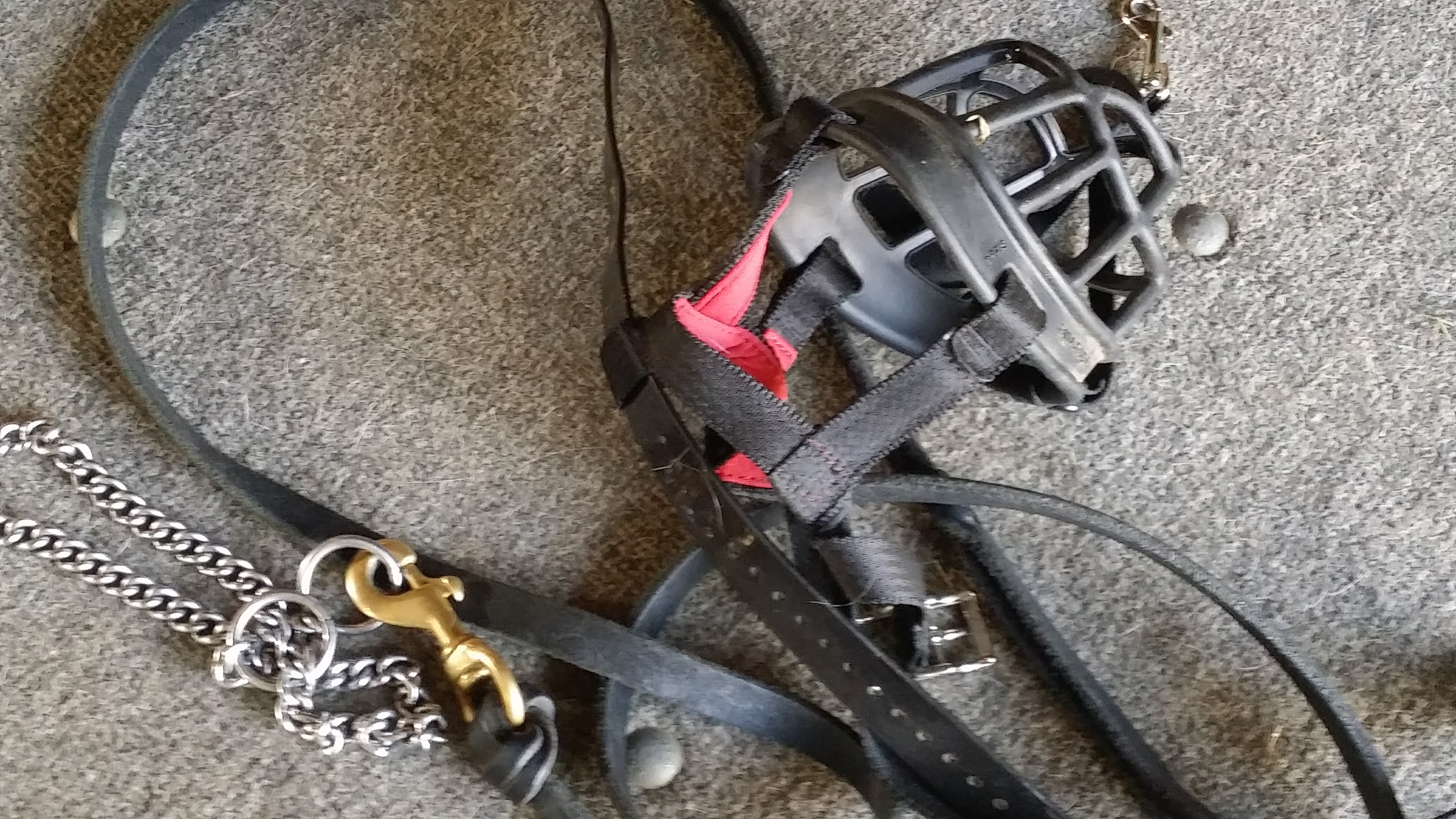
I have to say, I am almost embarrased to admit that I train dogs.
What used to bring me great pride and incredible fulfillment has become a hotly debated, devisive, contentious, provocative topic.
Between the Trainer Wars with various camps extolling the virtue of a particular tool or practice, and new legislation further restricting access to dogs in public, dog trainers justifiably find themselves under incredible scrutiny.
Within the last few months, dog training has made it into the news and not in any positive way-
A training franchise in Tennessee is under fire for the starvation of a client dog left in their care. Cruelty charges are pending.
Another training franchisee from the same chain in Nevada was videotaped threatening a Doberman with a baseball bat. Criminal charges are pending. The franchise withdrew this operator’s license but the individual is largely unapologetic about his behavior.
In a third incident, an individual in New York state is seen brutalizing a small breed dog with an electronic collar while the dog lies on a cot. The commentary on the video clearly indicated this individual had absolutely no idea of what they were doing or why, but research reveals the “training” this person received is woefully inadequate.
People with less years in the industry than my last set of tennis shoes are charging extraordinary sums for less than adequate “training” based on untruths, half truths and downright damn lies.
Where less than 10 years ago there were fewer people calling themselves dog trainers, today everyone is an “expert” who specializes in aggression, or anxiety, or pick your pet buzzword. They claim a whole bunch of stuff that pitiful few can actually deliver.
30 years ago, there were far fewer of us. We didn’t “specialize”, because we were required to train the dog we were handed. If a client had a dog that ran away, counter surfed, “herded” the children, chewed the furniture or chased the mail truck, we trained that dog to a degree of reliability which easily accomplished that singular goal.
It always took more than a minute with a shock collar, which by the way, didn’t start influencing the pet dog training sphere until the mid/late 90’s. Anyone who tells you they used them before then is either a liar or a hunting dog trainer. And there really aren’t all that many of them left these days, either.
If we had a dog with a history of aggressive behavior, same thing. We worked until that dog assumed new coping strategies, and we helped the owner learn how to prevent that behavior, should conditions occur in the future where the opportunity might present itself.
Ya know what? The training? It pretty much looked the same.
We had an owner with a quest, and a dog with some learned behaviors that needed to change. We trained the dog we were handed, regardless of how submissive, rank, wild or dangerous. We didn’t make excuses, we didn’t misrepresent our skill level, and we stayed committed to the work until the job was done, or we had the wherewithal to decline the client.
For me, what we did all those decades ago is largely the same. We started at the beginning, we worked through to the end.
We taught owners how to be proactive, and to value their relationship; to appreciate their dogs’ ‘dog-ness’ instead of the current trend of infantilization and excuse-making about why the dog may act a certain way.
Trust me when I say, there is very little that training can not accomplish.
People’s expectations for their own dogs have not really changed that much. What has changed are the lack of examples for what real obedience may look like.
People admire a pleasant, mannerly companion when they see one. Sadly, it’s so rare that they actually get an opportunity to see that dog. What they usually see are the pulling, yapping, lunging misfits at the end of a Flexi.
People need to know that their trainer is capable. People need to know their trainer practices exceptional professional conduct. People need to know that their dog is going to be made BETTER, not worse.
I have no opposition to any tool, as long as it’s used appropriately. I can easily validate my preference of one tool over another and provide citations as to why they might be preferable, but only because I have the experience to have practiced with them, predicated on a desire to improve my understanding and expand my skillset.
What I think is lacking in trainers entering the trade these days, is the same natural curiosity that motivated some of us to pursue this as a vocation. Instead, many succumb to the allure of the low barrier of entry and count on the general naivete of the dog owning public. They hire “thought leaders” and “influencers” to help them sell a product that they simply cannot fulfill. The Cult of Personality yields hundreds of new entries into the race to be the next celebrity juggernaut, but at what cost to the dogs, their owners, or the future of training in this climate?
In the race for global dog trainer superiority, we have to exercise caution in who we choose to represent us. Dog trainers of my experience will not be around forever, and I cannot assure that the legacy I have spent my life to curate, share and protect will look the same after I and my colleagues have retired into obscurity.
